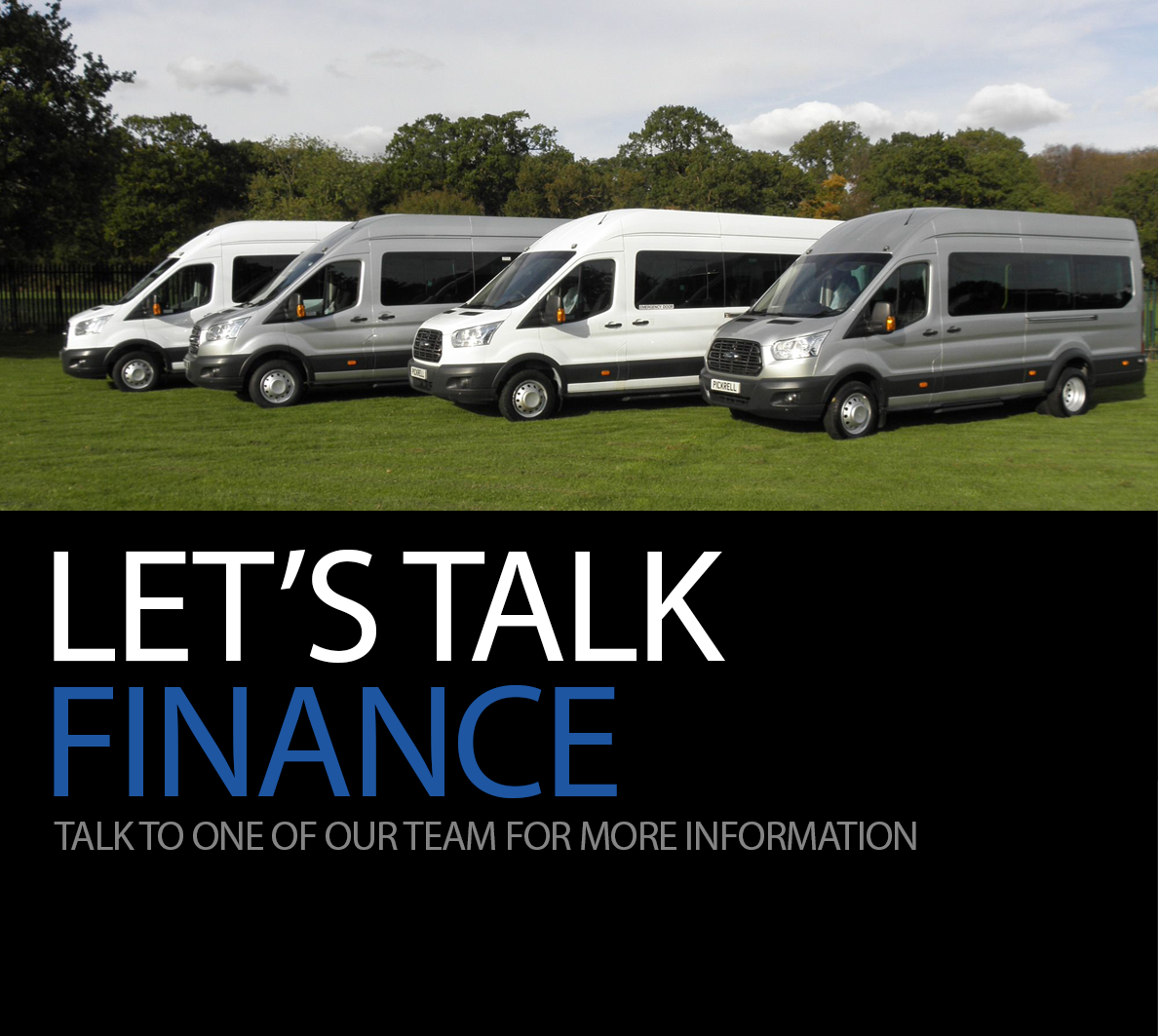Disabled passenger vehicles are exempt ULEZ till October 2025
- Keepers of vehicles registered with a ‘disabled’ or ‘disabled passenger vehicles’ tax class will benefit from a grace period after the ULEZ starts. They’ll be exempt from the ULEZ charge until 26 October 2025 as long as their vehicle doesn’t change tax class. (Vehicles operated by or on behalf of TfL will not benefit from this grace period.) Read the eligibility criteria for the disabled exemption on Gov.uk.
- If your UK-registered vehicle is in this category, you don’t need to register to get the exemption. If your ‘disabled’ vehicle is registered outside the UK, you are also exempt from ULEZ during the grace period, but will need to register with us.
- Blue Badge holders need to pay the charge unless their vehicle meets the ULEZ emission standards or is registered with the DVLA with a ‘disabled’ or ‘disabled passenger vehicle’ tax class.
- From 27 October 2025 vehicles with ‘disabled’ or ‘disabled passenger vehicles’ tax class that do not meet the ULEZ emission standards will be liable for the daily ULEZ charge
Who can drive a minibus?
- Driving licences required to drive a minibus are based on the gross vehicle weight (GVW) and the status of the passengers carried.
- Non fare paying passengers – Minibuses up to 3500kgs GVW: A minibus that is up to 3500kgs gross vehicle weight can be driven on a normal car licence (category A or B depending on the vehicle’s transmission) as long as the passengers are non fare paying for the journey directly or indirectly.
- Non fare paying passengers – Minibuses Over 3500kgs GVW:The driving entitlement needed for a minibus above 3500kgs, again with non fare paying passengers, is referred to as category D1 on a UK driving licence and D1+E for towing a trailer.
- If you hold a driving licence issued prior to 1st January 1997, permitting you to drive Group A (or B for automatic) vehicles, you can drive minibuses in the UK but not in mainland Europe, provided you are over 21 years of age. (On new style licences the corresponding categories which allow the entitlement to drive mini-buses are listed as B and D1). i.e your licence will show a group A (B for automatics) on an old style green or pink licence or as category B and D1 (not for hire or reward) on a pink and green photocard licence. That being said, driving of the minibus must not be for hire or financial reward and the minibus must have no more than 17 seats, including that of the driver.
- Drivers who passed their test after 1st January 1997 are not given this category and are now required to pass PCV minibus theory, medical and practical tests to obtain a D1 licence. In these circumstances however, you may drive a minibus with up to 16 passenger seats only in the UK provided that you will be driving on behalf of a non-commercial body for social purposes, but not for hire or reward unless under a permit. You will also need to be over 21 years of age and have held a car (category B) licence for at least 2 years. The services you are providing must be on a voluntary basis and the minibus maximum weight must be no more than 3.5 tonnes (3500 kgs) excluding any special equipment for the carriage of disabled passengers (4250kgs). Drivers aged 70 and over will also need to meet the health standards for driving a vehicle (i.e. minibus) which comes with the D1 class. If you are driving for hire and reward under a Section 19 permit and you are being paid, you can only do so if you have passed a further test to obtain Category D1 Licence.
- To summarise: If you have passed your driving test on or after January 1st 1997 and you wish to drive a minibus with a gross weigh in excess of 3.5 tonnes you will have to pass a D1 driving test. If you passed your car driving test before 1 January 1997, you automatically gained a licence with Category B and D1 entitlement, or Groups A and B on older licences, qualifying you to drive minibuses as well as private cars.
- Fare paying passengers. All minibuses that carry fare paying passengers will require some form of hire and reward driving licence category irrespective of the weight of the minibus.
What is the common definition of a minibus?
- A minibus is commonly classed and will be classed in this website as a vehicle with between 7 to 16 passenger seats.
- It can be driven on a normal car licence (i.e.. Non D1 or D1+E) if it is up to 3500kgs in Gross Vehicle Weight on a voluntary basis without fare paying passengers.
- A vehicle with over sixteen passenger seats is commonly classed as a coach and requires a PCV D licence category to drive on the highway with or without passengers, fare paying or not.
Minibus Taxation Classes
There is no DVLA legal definition of a minibus since:-
- A minibus with 7 or 8 passenger seats is taxed as a CAR with the road tax payable based on CO2 emmissions.
- A vehicle with 9 and more passenger seats has a taxation class of BUS which is not CO2 based.





